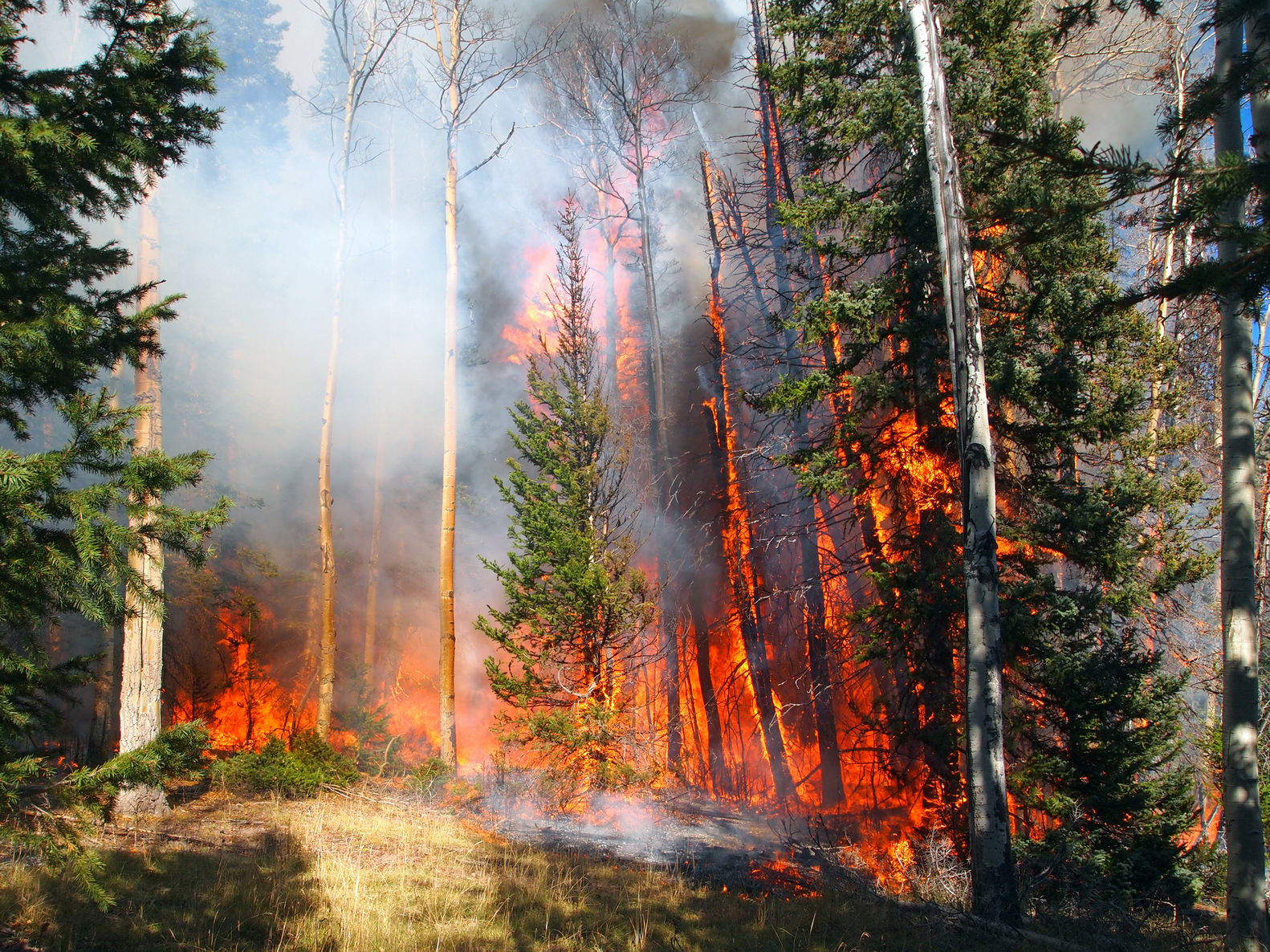The Blue Cut Fire near Los Angeles exploded from 5 acres to more than 30,000 in just 24 hours. About 82,000 residents were evacuated. Not to understate the obvious, but it’s been another exceptionally bad fire year.
California’s lessening drought is surely a contributing factor, but with the best wildland firefighters, the largest wildfire suppression budgets and some of the most advanced fire-detection and management equipment, we might expect to get better at managing wildfires.
But we are not.
The United States has averaged more than $1 billion in spending on wildfire suppression every year since 2000, and spent more than $2 billion in wildfire management for 2015 – making up more than half of the U.S. Forest Service budget.
But fire suppression should be a last resort to protect lives, property and valuable resources. Focusing on suppression keeps small fires from removing buildup of timber and other burnable material, which causes more dangerous fires in the future. Though the Forest Service maintained a suppression-only policy for more than 50 years, for the past several decades the agency has been tasked with holistically managing forests to prevent this fuel buildup and reduce the risk of dangerous wildfires in the future.
The Forest Service still spends substantially more on suppression than proactive fire management, which may be understandable given the emergency nature of many fires. But fire managers also struggle to minimize long-term risks because they face an incentive to focus on suppression where the budgets are larger, the risks are lower, and the very act of suppressing wildfires is much more heroic than chopping dead trees and conducting prescribed burns.
Landowners see massive fires on TV, or see the smoke in the air, and encourage these firefighters to protect their property in high-risk areas, which creates enough political demand for Congress to support the effort no matter the cost.
But fire ecologists recognize that in many parts of the United States, prevention is just as important as response. Fire managers are discouraged from proactive management that uses limited budgets to perform a risky activity, despite the fact the results will generally be better. Most important, they are discouraged from doing this kind of work because it requires extensive paperwork, close attention to regulatory burdens and an acceptance of the risk they will be held liable for all damages from any escaped burns.
Very few people look at a forest floor and recognize the undergrowth that requires some kind of fuels management. But if we want fewer dangerous fires in the long term, we need fire managers to identify these forests and respond appropriately.
By selectively choosing fuel reduction locations based on need and climate conditions, we can prevent catastrophic fires from constantly devastating the western United States. But most fire managers find it easier to mobilize the forces and attack a fire they had no part in starting.
To avoid large wildfires capable of destroying entire forests, neighborhoods, lives and budgets, we need to reform the constraints under which fire managers operate. When it is easier for one person to mobilize firefighters, aircraft and the taxpayers’ wallets than it is for him to burn a parcel of forest before it burns the nearest town, it’s no wonder we fight well but we never win.
Rather than constantly approving larger suppression budgets, it’s time to change the game our fire managers are playing.









